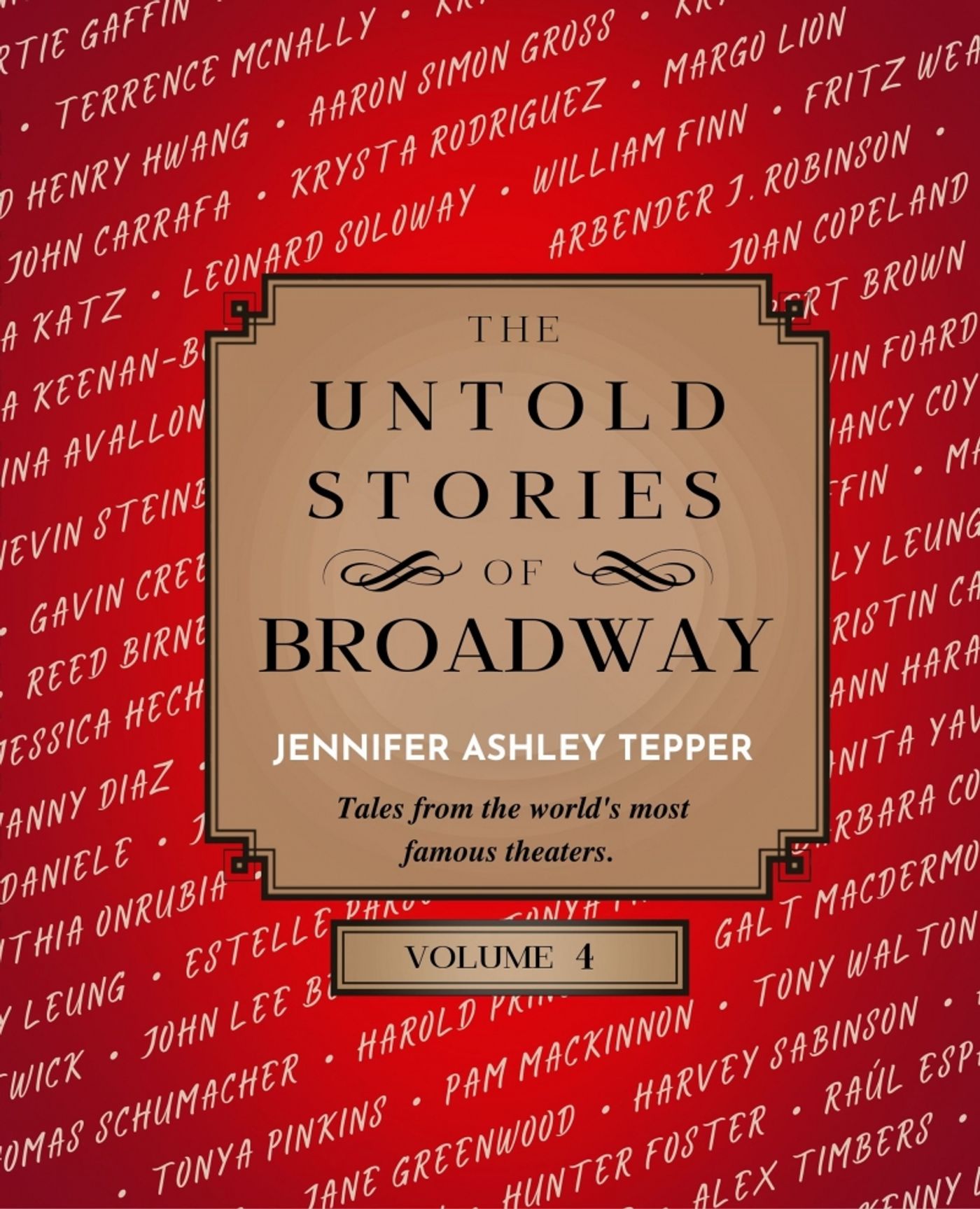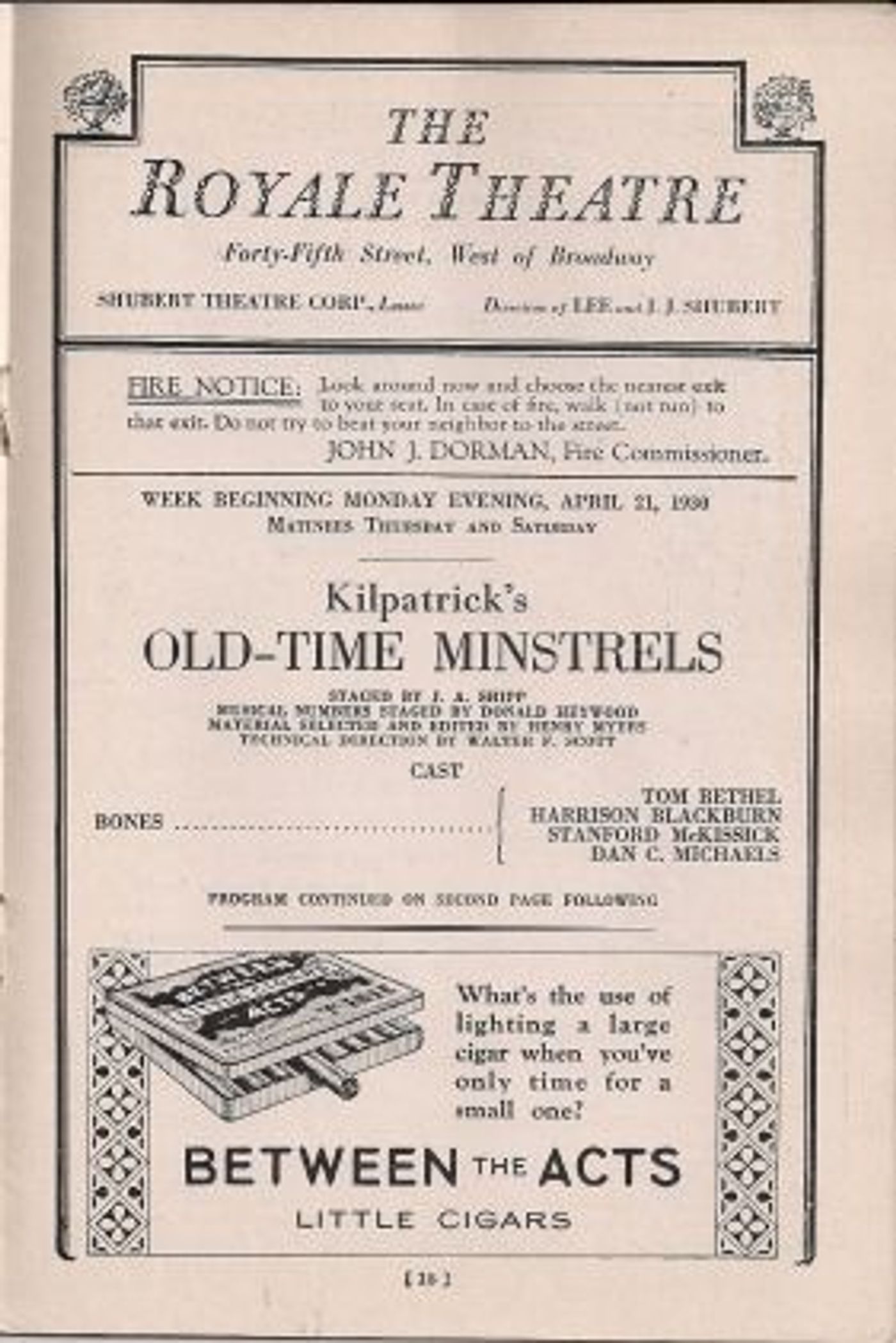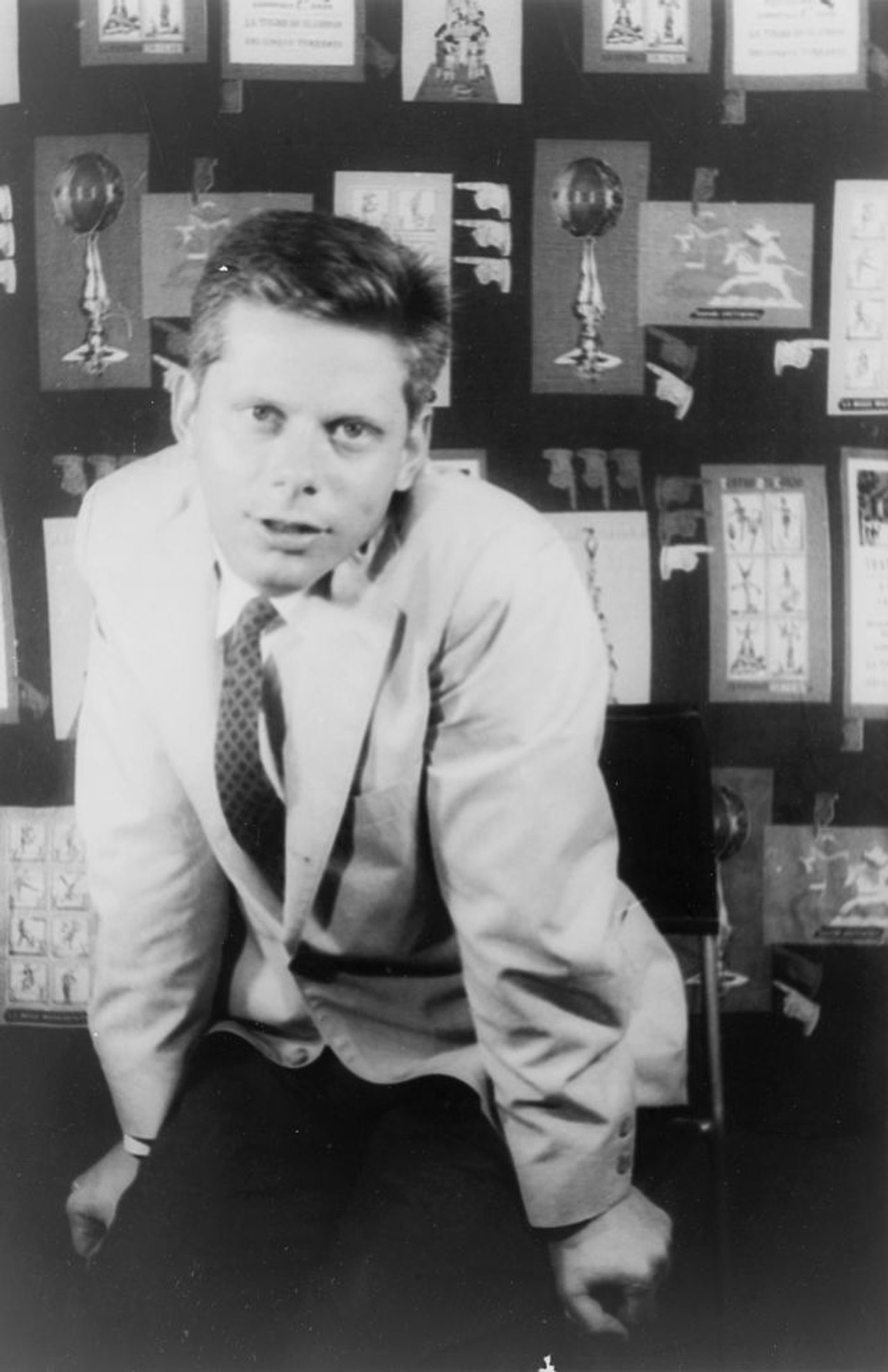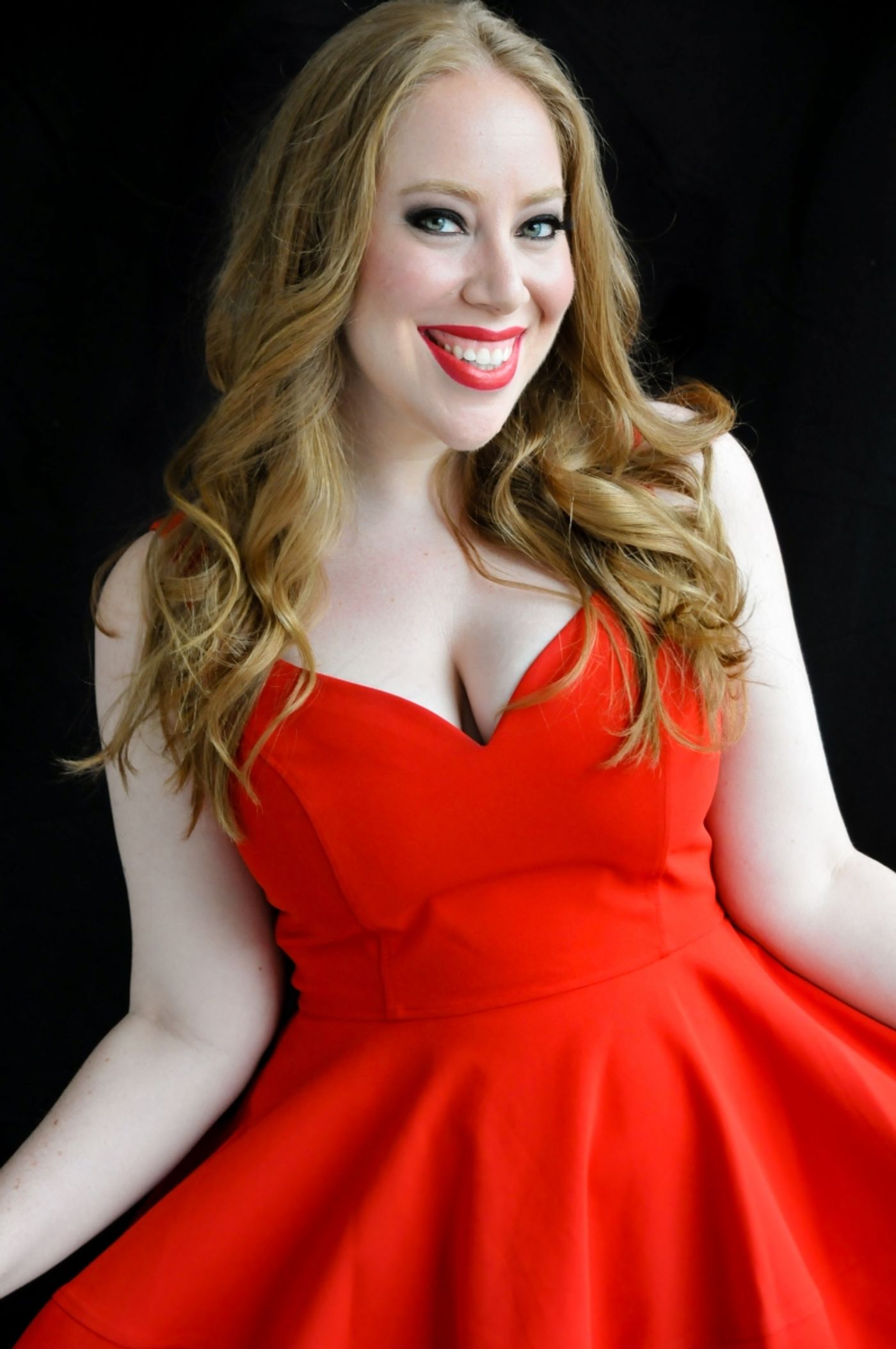BWW Exclusive: Jennifer Ashley Tepper's THE UNTOLD STORIES OF BROADWAY, VOLUME 4- Spotlight on The Bernard B. Jacobs Theatre
Did You Know: Robert Morse made his Broadway debut at the Jacobs?
 On Tuesday, March 9, Dress Circle Publishing will release of THE UNTOLD STORIES OF BROADWAY, VOLUME 4, the latest in a series by acclaimed historian and producer Jennifer Ashley Tepper. This landmark multi-volume series tells the stories of all of the theaters on Broadway; the new addition includes the beloved houses the Imperial, Jacobs, Studio 54, Minskoff, Friedman, and Golden, as well as the five Broadway theaters that were destroyed in 1982, changing the course of New York City history.
On Tuesday, March 9, Dress Circle Publishing will release of THE UNTOLD STORIES OF BROADWAY, VOLUME 4, the latest in a series by acclaimed historian and producer Jennifer Ashley Tepper. This landmark multi-volume series tells the stories of all of the theaters on Broadway; the new addition includes the beloved houses the Imperial, Jacobs, Studio 54, Minskoff, Friedman, and Golden, as well as the five Broadway theaters that were destroyed in 1982, changing the course of New York City history.
These invaluable books illuminate Broadway through the eyes of the producers, actors, stage hands, writers, musicians, company managers, dressers, designers, directors, ushers, door people and more who bring the theater to life each night.
Can't wait to get your hands on it? Let BroadwayWorld hold you over with a special sneak peek from a chapter all about The Jacobs Theatre:
The Bernard B. Jacobs Theatre
Did You Know:
Mike Van Praagh is a legacy stage hand at the Jacobs (which used to be called the Royale)?
Introduction: A Lifetime at the Royale
Mike Van Praagh, Stagehand
This spot is right where I started. My father, Allan Lewis Van Praagh, worked here before me, and so I grew up in the Royale. I was here when I was six years old. My father made this perch for us, one level up, on stage right, and it used to be extended through the wing. That was later cut down for a show. But at the time, he used to sit up there in a chair and I had a little chair next to him. On many nights, I would stay there and watch the show he was working on. When they cut down the perch, I saved the carpet. It's now in my office underneath the theater.
The first show I worked on here was The Man in the Glass Booth in 1968.[1] I was 15 years old. I was awestruck by everything that went on here. Then I worked on The Incomparable Max in 1971. I was only a kid, and I was a grip. I took scenery off and pulled the lines. Grease came in the next year. That was the first show I really worked on as an official member of the staff.
During Grease, there were two huge lights in the lighting booth, called super troopers, held up by a welding rod. They were run by two different people, Joe Cross and his father. For years, they did those two jobs and we rarely saw them around the theater otherwise, except when Joe would come downstairs on Wednesday to pick up both of their checks. Grease was here for over seven years, and we later found out that for five of those years, there was a dummy in the lighting booth. Joe ran both super troopers very well, and propped up a mannequin next to one of them, so we'd think there were two people there. In fact, his father was home sleeping.
.jpg?format=auto&width=1400)
A long-running poker game started during Grease, downstairs in the basement. I kept that game going when everyone else who started it left. It was like a part of the theater. Every Wednesday and Saturday between shows, poker would happen. There could be a poker game going on down there right now. Guys would come from the Majestic Theatre to play between shows and even during shows. They still do! When Jerry Orbach was doing 42nd Street there, he had a 20-minute break during each performance and he would run through the alleyway downstairs to our basement for poker. He'd shout, "I'm in!" and we'd deal him in while he was in costume.[2]
This is the card table they would play on all of the time. Sammy Davis Jr. even played on it when Golden Boy was at the Majestic. They finally took it apart because they needed the space for other things, but I saved it and I put it back whenever we have room.
Did You Know:
A 1930 musical at the theater presented work by several of the most important Black writers who worked on Broadway at the beginning of the 20th century?
 The next Royale show was called Kilpatrick's Old-Time Minstrels. The throwback to the days of minstrel shows was intended as a nostalgic tribute, as a minstrel show had not been seen in New York since 1908. Since many minstrel shows were done with white performers in blackface, Kilpatrick's Old-Time Minstrels was billed as the first actual all-Black minstrel troupe to play New York. 26 Black men took to the stage of the Royale, and for nine performances, they served up the old art form. This included performances of songs by nine different songwriters, both Black and white, a rare occurrence. The Black writers were James Weldon Johnson, Cecil Mack, Elmer Bowman, Chris Smith, and Bob Cole. Each of these men played an important role in show business.
The next Royale show was called Kilpatrick's Old-Time Minstrels. The throwback to the days of minstrel shows was intended as a nostalgic tribute, as a minstrel show had not been seen in New York since 1908. Since many minstrel shows were done with white performers in blackface, Kilpatrick's Old-Time Minstrels was billed as the first actual all-Black minstrel troupe to play New York. 26 Black men took to the stage of the Royale, and for nine performances, they served up the old art form. This included performances of songs by nine different songwriters, both Black and white, a rare occurrence. The Black writers were James Weldon Johnson, Cecil Mack, Elmer Bowman, Chris Smith, and Bob Cole. Each of these men played an important role in show business.
James Weldon Johnson was one of the founders of ASCAP, the American Society of Composers, Authors and Publishers, and one of the leaders of the NAACP, the National Association for the Advancement of Colored People. He was Florida's first Black attorney and the first Black professor at NYU. He was a well-respected writer of both theatre and books whose work chronicled the Harlem Renaissance. One of his works as a theatre writer was In Dahomey, which, in 1903, was the first full-length book musical to be performed by a Black cast at a Broadway house. His songs, words, and political activism advanced American culture from the 1890s through the 1930s.
Cecil Mack was also one of the writers of In Dahomey. Mack was a very successful songwriter on Broadway and in Tin Pan Alley, and this enabled him to become the first Black owner of a music publishing company. He was married to Dr. Gertrude Curtis, one of the first Black female dentists in America.
Elmer Bowman and Chris Smith were a vaudeville team who also collaborated on songs, and who came up in the industry with Jimmy Durante. Smith's work began being featured in Broadway shows in 1906, and much like several of the other writers here, his songs continue to make appearances in Broadway revues with Americana as a theme, such as Tintypes (1980) and One Mo' Time (2002).
Bob Cole wrote and produced A Trip to Coontown, which, in 1898, was the first Broadway musical entirely created and produced by Black artists. He collaborated with James Weldon Johnson and with his brother, J. Rosamond Johnson, on many songs. Cole was multifaceted and worked as a performer and director in addition to being a writer.
Kilpatrick's Old Time Minstrels closed after only nine performances at the Royale, but the writers whose work it featured made their mark nonetheless.
 Did You Know:
Did You Know:
Robert Morse made his Broadway debut at the Jacobs?
1955: A Fake Contestant, An Extra, And Barnaby
Robert Morse, Actor
When I first arrived in New York, I had just gotten out of the Navy after the Korean War. I lived with my brother, Richard Morse, in Brooklyn. He had already established himself as a student at Sandy Meisner's Neighborhood Playhouse.
We lived in a space that used to be a delicatessen. The person who lived there before us was an artist and he emptied the delicatessen in order to turn it into a home. We had a wood stove in the back room and the windows were covered in sheets.
I decided to go to the American Theatre Wing School on the G.I. Bill. While I was there, the young lady who ran the reception area got a call from a TV show called Name That Tune. She asked me if I wanted to go over to the DuMont Theatre and make $20 being a fake contestant. To be a fake contestant, you had to sit there and play the game before the real contestants came on. They would test the questions and answers to make sure everything was working correctly. Later on, they were auditioning to hire a new master of ceremonies and I was asked to be a fake contestant again. On set, I was singing, and an agent named Marty Baum came over to me. He said, "I think I have a movie for you. Come see me Monday morning." I gulped. I had hardly lived in New York for two months and here was this agent giving me his card when I wasn't even there to audition.
I went to Baum-Newborn and Associates and Marty sent me over to Paramount Pictures to audition for a part in the movie The Proud and the Profane, which starred William Holden and Deborah Kerr. I read for the role and so did some very well-known actors who I saw in the waiting room when I went to audition. None of us got that part, but they brought five of us, myself included, to the Virgin Islands to appear as extra sailors in the film. We were put up at this wonderful hotel in St. Thomas for two weeks and made $500 a week!
One night while we were shooting, I was called down to the shore. They asked me to get bandaged and get onto a stretcher. You could barely tell who I was underneath all of it. They put me on the gang plank and Deborah Kerr leaned over and said, "How are you, sailor?" I think I replied, "My name is Robert Morse, I'm from Newton, Massachusetts!" It was my first big job and now it's on the cable channels at 4am. If you watch it, I'm the one underneath all of those bandages!
Back in New York, Marty Baum set up an appointment for me at The Theatre Guild. I was going to meet David Merrick and Tyrone Guthrie, who were bringing a show called The Matchmaker to Broadway from London. It was later adapted into Hello, Dolly! The Matchmaker starred Ruth Gordon, one of the great American actresses.
I went in to talk about playing the role of Barnaby. We were sitting around when somebody asked, "What have you done before?" I was opening my mouth to respond when I found out what agents do. My agent put his hand in front of my mouth and said, "Mr. Morse has just finished a major motion picture with Deborah Kerr and William Holden called The Proud and the Profane!" I looked at him thinking: I was just an extra! But everyone in the room went: "Ooh!" It gave me some prestige.
Two days later, my agent called and said, "You're going to be making your Broadway debut in The Matchmaker!" He told me the dates and said the script would be coming. I wept. I was so elated. The sun was out and everything was beautiful and I was young and happy. A Broadway show, and I had only been there a couple months! I called my mother and father who were working at a television store in Newton at the time.
A week later, my agent called and said, "Bobby, you have the show, but you didn't read the part, and David Merrick wants to hear you read it." I asked why I didn't read the part when I'd met with everybody. He said, "Tyrone Guthrie is like that. He knew you were right for the part and there was no need to hear you read. He was in a hurry to get up to Stratford to direct a Shakespearean play. But David Merrick wants to make sure, since he needs to protect his investment."
I went back to the Guild and when I got there, Tyrone Guthrie put his arm around me and said, "This is so foolish, my boy! So, let's just read." We did, and then he said, "Thank you very much, I'm off." Thankfully, I still had the part.
When we moved into the theater, my dressing room was on the top floor. Arthur Hill played Cornelius, and we spent a lot of time together. I was so happy. I loved talking to the stagehands and the prop people. Those were solid days!
[1] This controversial play was about Nazi war crimes during World War II.
[2] The game at the Royale was known as the longest-running poker match in New York, as it ran for as long as Grease did.
To pre-order THE UNTOLD STORIES OF BROADWAY, visit www.dresscirclepublishing.com.
 Jennifer Ashley Tepper is producer of the musicals Be More Chill, Broadway Bounty Hunter, and Love in Hate Nation, recent projects that are part of a decade-long collaboration with the group known as Joe Iconis & Family. From producing small concerts in basements to producing a show on Broadway, Tepper has cultivated the theatrical collective which The New York Times called "the future of musical theatre." She is also the Creative and Programming Director at Feinstein's/54 Below, where she has curated or produced over 3,000 shows, including musicals in concert, original solo acts, theatrical reunions, songwriter celebrations, and more. Tepper's leadership at the venue has gained praise from publications including The New York Times, Huffington Post, Buzzfeed, Playbill, Newsday, New York Post, and more.
Jennifer Ashley Tepper is producer of the musicals Be More Chill, Broadway Bounty Hunter, and Love in Hate Nation, recent projects that are part of a decade-long collaboration with the group known as Joe Iconis & Family. From producing small concerts in basements to producing a show on Broadway, Tepper has cultivated the theatrical collective which The New York Times called "the future of musical theatre." She is also the Creative and Programming Director at Feinstein's/54 Below, where she has curated or produced over 3,000 shows, including musicals in concert, original solo acts, theatrical reunions, songwriter celebrations, and more. Tepper's leadership at the venue has gained praise from publications including The New York Times, Huffington Post, Buzzfeed, Playbill, Newsday, New York Post, and more.
On Broadway, Tepper has worked on [title of show], The Performers, Godspell, Macbeth, and The Parisian Woman, and off-Broadway Smokey Joe's Café and Boys' Life. Tepper is the conceiver and director of The Jonathan Larson Project which premiered in fall 2018 and received an original cast recording from Ghostlight Records. She is historian consultant on the upcoming tick, tick... BOOM! movie and co-creator of the Bistro Award-winning concert series, "If It Only Even Runs A Minute," now in its 11th year. Tepper recently received a 2020 Lincoln Center Emerging Artist Award. She was named one of the 10 professionals on Backstage's first annual "Broadway Future Power List," which stated: "Proving herself both a zeitgeist predictor and theatrical historian with her eclectic programming, Tepper is leading the conversation on contemporary musical theatre."
Comments
Videos


